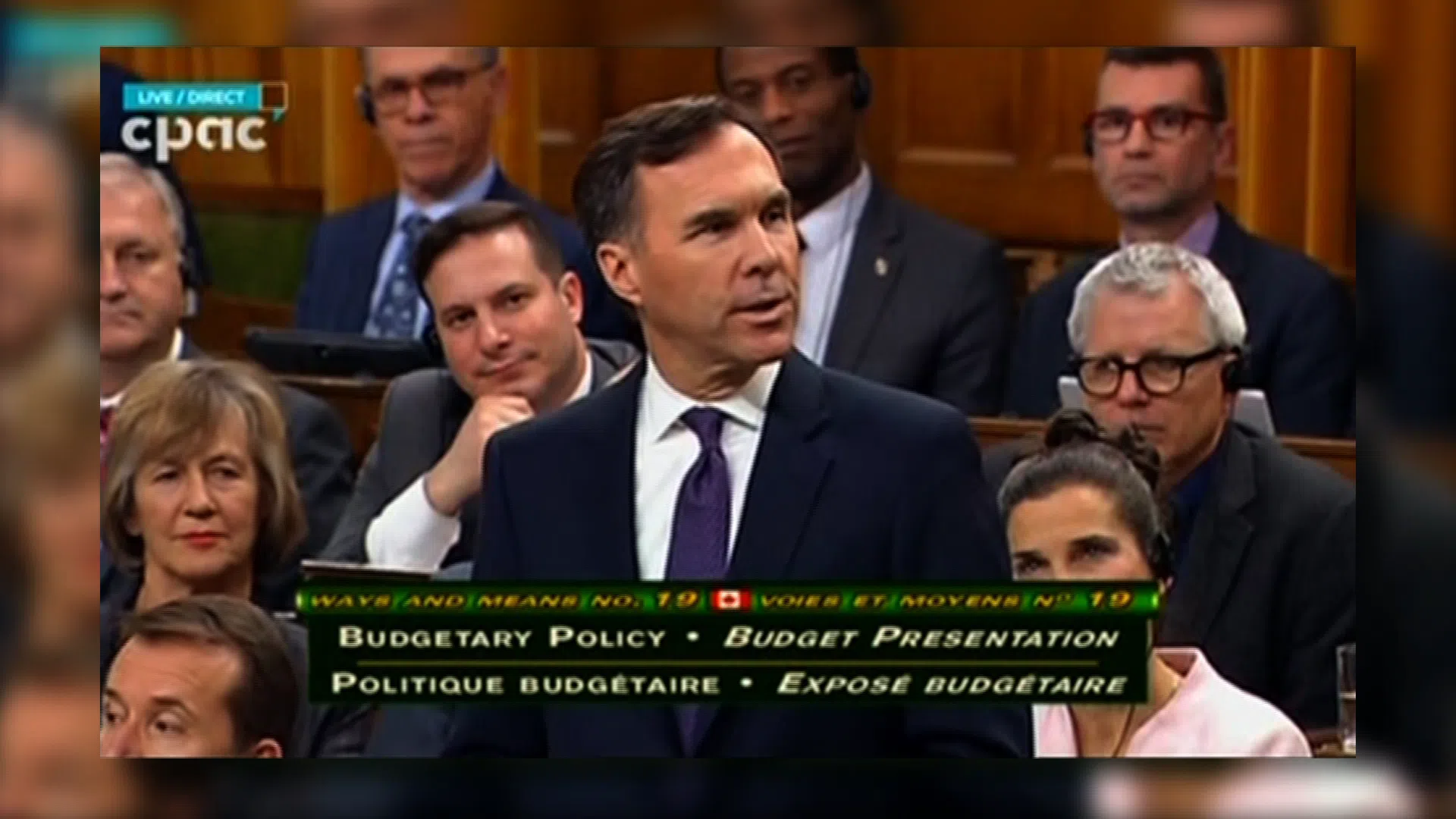
Gender Equality, Science and First Nations Support Key Focuses From Federal Budget
PRINCE GEORGE – The federal budget that was tabled today by the Trudeau government consisted of new spending that’s intended to lift Canada’s long-term growth. Finance Minister Bill Morneau’s budget focused primarily on items including gender equality, science and supporting First Nations. There was great emphasis on increasing opportunities for women entering the workforce and earning equal pay with their male counterparts.
To address the gender gap, the government will: Apply to federal employers with 10 or more employees, with pay equity requirements built as much as possible into existing federal compliance regimes. Establish a streamlined pay equity process for employers with fewer than 100 employees. Set out specific timelines for implementation, and compulsory maintenance reviews. Include job types such as seasonal, temporary, part-time and full-time positions. Provide independent oversight. Ensure that both wages and other benefits are evaluated in a genderneutral way. Apply to the Federal Contractors Program on contracts equal to or greater than $1 million, and ensure a robust application of federal employment equity law. Repeal previous legislation such as the Public Sector Equitable Compensation Act which is inconsistent with the goal of pay equity.
From the budget, there will be a commitment of $2.6 billion over the next five years that will go into educational opportunities for First Nations. The breakdown of the new skills and training opportunities will provide:
$1.1 billion over five years, and $235.7 million per year ongoing, for a First Nations stream. $325 million over five years, and $67 million per year ongoing, for a Métis Nation stream. $161.2 million over five years, and $32.6 million per year ongoing, for an Inuit stream. $213.4 million over five years, and $45.2 million per year ongoing, for an urban/non-affiliated stream.
There’s also a commitment of $1.5 billion for First Nations health care, and the breakdown includes $498 million, with $97.6 million per year ongoing, to sustain access to critical medical care and services, including 24/7 nursing services in 79 remote and isolated First Nations communities. $200 million, with $40 million per year ongoing, to enhance the delivery of culturally appropriate addictions treatment and prevention services in First Nations communities with high needs. $235 million to work with First Nations partners to transform First Nations health systems by expanding successful models of self-determination so that health programs and services are developed, delivered and controlled by and for First Nations. This investment will also support access to quality and First Nations-controlled health care in remote and isolated James Bay communities as part of the Weeneebayko Area Health Integration Framework Agreement. $490 million over two years to preserve access to medically necessary health benefits and services through the Non-Insured Health Benefits Program. $109 million over 10 years, with $6 million per year ongoing, to respond to high rates of tuberculosis in Inuit communities, and develop a better understanding of the unique health needs of Inuit peoples through the co-creation of a distinct Inuit Health Survey. $6 million over five years to support the Métis Nation in gathering health data and developing a health strategy. Funding for housing was also set aside, building upon the National Housing Strategy, which will create 100,000 new housing units and repair 300,000 housing units.
